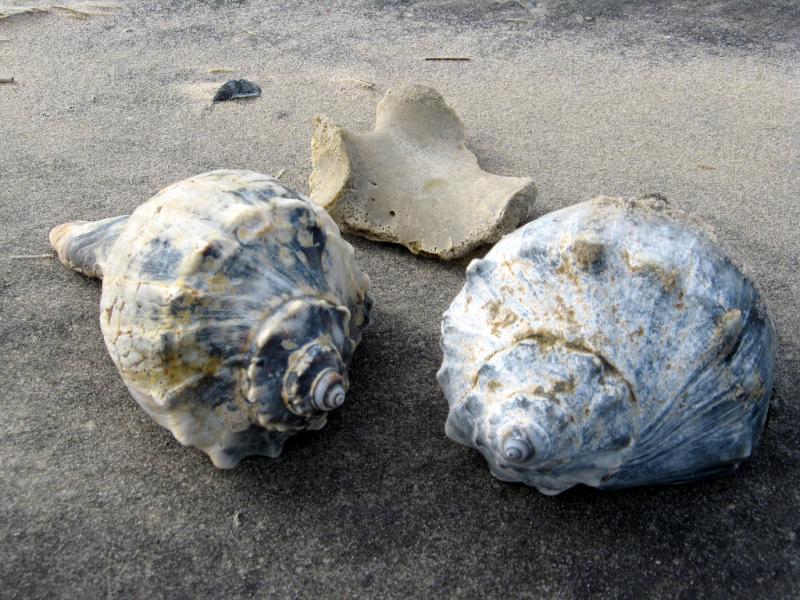How violating a no-wake zone can bring a $144,500 fine
If you think Delaware’s marine police officers don’t keep an eye on no-wake zones, you might want to check with Shawn Moore.
A commercial waterman for most of his life, and a tough way to make a living at that, Moore faces a whole bunch of charges after he was pulled over in the Broadkill River recently near the public launching ramp for violating the no-wake zone. But most of the charges Moore faces have nothing to do with putting up too much potentially damaging wake. Once the officers pulled Moore over, they found hundreds of undersized conchs aboard his vessel.
The tickets mounted up. For a first offense of possessing undersized conchs, the fine - before the lawyers finish bargaining and finagling - is $100 for each violation. For the 289 illegal conchs Moore had on his vessel that’s a potential fine of $28,900. But - and this is a big but - in this case it’s Moore’s second go-around with undersized conchs. About a year ago he was busted for about 300 undersized conchs. He was ultimately convicted on 30 of those counts and paid a fine in the $3,000 realm along with other costs. That conviction means that a second offense takes the potential fines up to $500 per violation. So, the potential fine Moore faces for a problem that began with going too fast in a no-wake zone has now accelerated to $144,500.
I don’t know what conchs are bringing these days at the fish market, but I can’t imagine the price is so good that it offsets the risk of getting caught and facing fines that great.
According to information found at Wikipedia, the Delaware water conchs - as they are known commonly - are more specifically referred to as channeled whelks or knobbed conchs. As big marine snails, they grow themselves the largest and most beautiful shells found on Delaware beaches. They winter in deep water - as much as 150 feet - and work their way into shallower waters in the spring and early summer. They’re often found by people exploring sandbars and shoals at low tide.
The shell is still often inhabited on those discoveries, and the crusty foot the creature uses to make its way across the sandy bottom is visible inside the wide opening of the shell’s inner sanctum. The thick, heel-like foot belies the soft and heavy meat inside, about the size of a tennis ball. That meat makes the conch so commercially valuable. Delaware watermen sell conch both for food and for bait.
Here’s more information provided by Delaware’s Division of Fish and Wildlife:
“Knobbed conch, also known as whelk, are Delaware’s fourth-largest commercial fishery, with recent harvests estimated around 500,000 pounds annually. Most are exported to the European or Asian markets and used to make fritters, chowders and salads. Commercial size limits are five inches in length or three inches in width at the whorl. Commercial watermen are permitted to possess five undersized conch by incidental catch per 60 pounds. About 90 percent are harvested by dredging, with dredge season from January 15 through June 15. Channeled whelk also are harvested in Delaware, typically by pot. Egg cases of both species, consisting of long, light tan-colored chains of compartments about nickel- to quarter-size, are a common find along Delaware’s beaches.”
The problem with taking undersized conchs is that it upsets the balance trying to be maintained through fishery laws. The whole intent of the laws is to ensure that there will be a sustainable resource for watermen to harvest over the long haul. Taking too many undersized conchs jeopardizes the health of the fishery and the livelihoods of those who make their living on the water. Are the laws, the sizes, the harvest limits reasonable? That’s a whole other discussion for another day.
So there’s the long answer and the long lesson. The short lesson comes out of the mouth of my brother-in-law Pat: “Don’t ever give them a reason to pull you over. Once they do, they’ll find something.”






















































